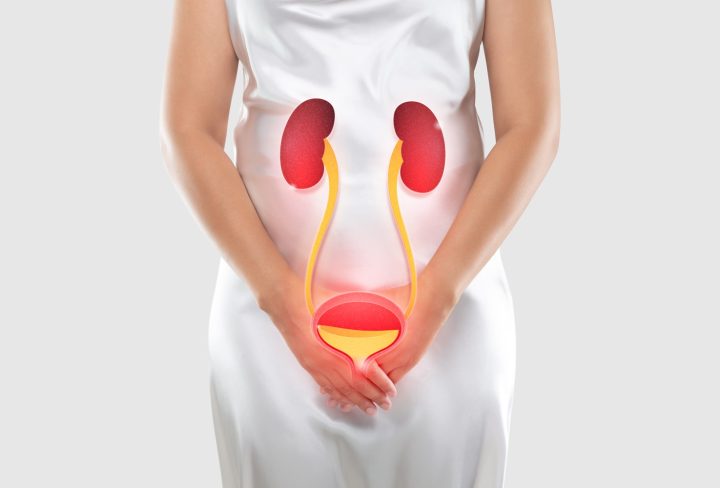When it comes to diagnosing and understanding urinary tract issues, medical imaging plays a pivotal role. One such imaging procedure that has been a valuable tool in the assessment of bladder and urethral conditions is Micturating Cystourethrography (MCU). This diagnostic technique offers invaluable insights into the structure and function of the urinary tract, making it an essential tool for urologists and other healthcare professionals. In this blog, we will delve into the world of MCU, discussing its purpose, procedure, applications, and significance in modern medicine.
What is Micturating Cystourethrography (MCU)?
Micturating Cystourethrography, also known as voiding cystourethrography, is a radiographic imaging technique used to visualize and evaluate the lower urinary tract. It involves taking X-ray images of the bladder and urethra while the patient is urinating. This real-time imaging allows healthcare professionals to assess the structure and function of these crucial components of the urinary system.
Purpose of MCU
MCU is primarily performed to diagnose and assess various urinary tract conditions, such as:
- Vesicoureteral Reflux (VUR): VUR is a condition where urine flows backward from the bladder into the ureters or kidneys. MCU helps detect and grade the severity of VUR, which is crucial for treatment planning, especially in children.
- Urethral Strictures: MCU can reveal narrowing or strictures in the urethra, aiding in the diagnosis of conditions like urethral strictures or other obstructions.
- Bladder Abnormalities: MCU can identify abnormalities in the bladder, such as diverticula (pouch-like structures in the bladder wall), tumors, or the presence of foreign bodies.
- Postoperative Assessment: In cases where individuals have undergone surgery on the lower urinary tract, MCU can be used to assess the surgical outcome and identify any complications.
The MCU Procedure
The MCU procedure involves several steps:
- Preparation: Patients are usually asked to empty their bladder before the procedure. In the case of children, a catheter may be inserted to ensure the bladder is empty.
- Contrast Medium: A contrast medium (a liquid that shows up on X-rays) is introduced into the bladder through a catheter. This contrast medium allows the bladder and urethra to be clearly visible on X-ray images.
- X-ray Imaging: X-ray images are taken while the patient is urinating. This is typically done in real-time, allowing healthcare professionals to observe the flow of contrast medium and any abnormalities in the lower urinary tract.
- Patient Cooperation: For accurate results, patients are required to cooperate by urinating slowly and steadily while being monitored by the medical team.
- Post-Procedure: After the procedure, patients may experience some discomfort or a sensation of urgency to urinate, but this typically subsides quickly. There are no long-term side effects associated with MCU.
Significance of MCU in Modern Medicine
Micturating Cystourethrography remains a valuable diagnostic tool in modern medicine for several reasons:
- Early Detection: MCU allows for the early detection of urinary tract abnormalities and conditions, enabling prompt intervention and treatment.
- Treatment Planning: In cases of VUR, knowing the severity of the condition helps healthcare professionals develop an appropriate treatment plan, which may include medication or surgery.
- Postoperative Assessment: For individuals who have undergone surgery, MCU provides a means to evaluate the success of the procedure and identify any complications that may have arisen.
- Child-Friendly: MCU is commonly used in pediatric patients as it provides essential information without the need for invasive procedures.
Micturating Cystourethrography, or MCU, is a crucial diagnostic tool in the field of urology and plays a significant role in assessing urinary tract conditions. By offering real-time visualization of the lower urinary tract, MCU aids in early detection, treatment planning, and postoperative assessment, benefiting patients of all ages. As medical technology continues to advance, MCU remains an indispensable tool in the arsenal of healthcare professionals, helping improve the quality of care for individuals with urinary tract issues.
